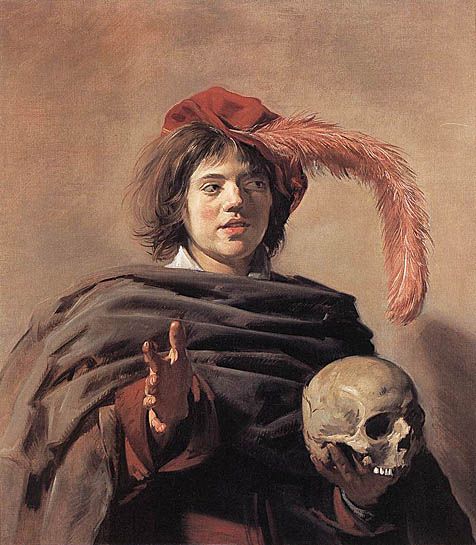An article published by PLOS One, Diversity of artists in major US museums, states that ‘85% of the artists are white’. The abstract summarizes that ‘the relationship between museum collection mission and artist diversity is weak’ (Topaz, Klingenberg, Turek, Heggeseth, Harris, Blackwood, Chavoya, Nelson, and Murphy, 2019). Most museum collections in the United States consist of art created by Caucasian men across all time periods. Despite making up 13% of the US population, only 1.2% of Black American art is included in the collections shown in museum collections in the nation. Curators do not seek work created by minorities. The magazine, Untitled, presented an article that describes how the curators and those in gallery culture are ‘entrenched in centuries-old conceptions of what is considered high art and what isn’t – a culture that was created in service of white male European artists.’(Atkinson, 2020) Over time certain types of artist and pieces have been labeled as what is important and priceless and have excluded any art that does not fit in their defining categories, therefore creating a scarcity of black artists and their work in this community.
An African artist on YouTube by the name of ErgoJosh, talked about a personal comment that was said to him. A friend of his jokingly made a comment about telling his friends in Canada that black people can draw. Josh went on to explain the stereotype about how his race only has certain talents. Apparently drawing is not one of them. On the other hand, when art by black artists is recognized, there is a label that is attached with it – black art. This can be taken as good or bad but either way it can change the way people view the work. Yes, the artist may be African American, but that does not mean they are creating “black art”. Art is just art, and that term could influence the public to think that there is a racial meaning behind the piece or that it is addressing some political issue. Some professors and scholars have expressed how they do not know or understand if there is an actual meaning for this term.
According to Black Art in America ‘Many artists throughout time have pleaded for the art establishment to recognize them as American artists.’(Robinson). For example, Jacob Lawrence and Romare Bearden are African American artist who created are centered around the Harlem Renaissance. Despite creating art from a black experience, they still want to be labeled as American artist. Some creators like Rashid Johnson, a 42-year-old visual artist in New York, spoke out about this issue. She gave a comparison on how people would “never ask Picasso why he painted white people. We wouldn’t position him as an outsider, and yet we consistently find new ways to position the work of black artists as inherently being in response to the obstacles presented by a white world” (Nine Black Artists and cultural leaders on seeing and being seen, 2020). African American artist have a hard time portraying other messages because the world only views their art through one lens.
Sadly, the term is still being used to describe the work of African American artists. Despite these issues black artists are continuously pushing their work to the public and are trying to change what is considered high end art in the community. The numbers are growing slowly as they are receiving recognition, one piece at a time.
References
Atkinson, J. R. (2020, June 26). Diversity in the art world: Where are we at now and what’s being done? THE UNTITLED MAGAZINE. Retrieved November 29, 2021, from http://untitled-magazine.com/diversity-in-the-art-world-where-are-we-at-now-and-wh ats-being-done/.
Robinson, S. (2020, January 9). Black art: Ghettoizing Art or creating space? . BLACK ART IN AMERICA™. Retrieved November 29, 2021, from https://www.blackartinamerica.com/index.php/2020/01/09/black-art-ghettoizing-art-or -creating-space/.
The New York Times. (2020, June 23). Nine black artists and cultural leaders on seeing and being seen. The New York Times. Retrieved November 29, 2022, from https://www.nytimes.com/2020/06/23/t-magazine/black-artists-white-gaze.html
Topaz, C. M., Klingenberg, B., Turek, D., Heggeseth, B., Harris, P. E., Blackwood, J. C., Chavoya, C. O., Nelson, S., & Murphy, K. M. (2019, March 20). Diversity of artists in major U.S. museums. PLOS ONE. Retrieved November 29, 2021, from https://journals.plos.org/plosone/article?id=10.1371%2Fjournal.pone.0212852.



